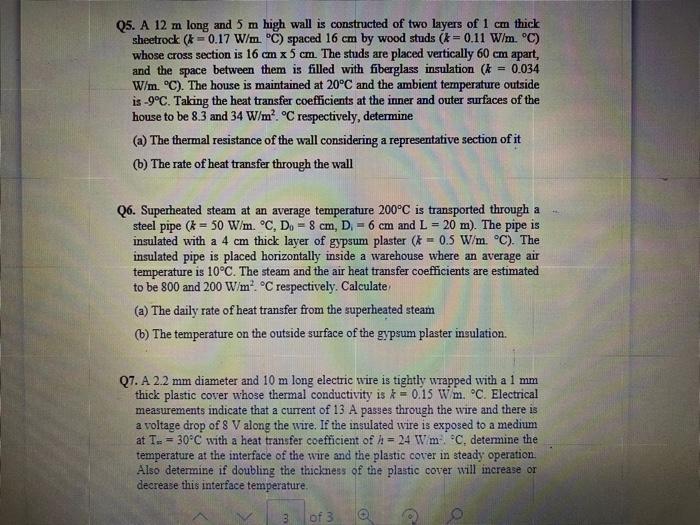Answered step by step
Verified Expert Solution
Question
1 Approved Answer
Q5. A 12m long and 5m high wall is constructed of two layers of 1cm thick sheetrock (k=0.17W/m.C) spaced 16cm by wood studs (k=0.11W/m.C) whose

Step by Step Solution
There are 3 Steps involved in it
Step: 1

Get Instant Access to Expert-Tailored Solutions
See step-by-step solutions with expert insights and AI powered tools for academic success
Step: 2

Step: 3

Ace Your Homework with AI
Get the answers you need in no time with our AI-driven, step-by-step assistance
Get Started


